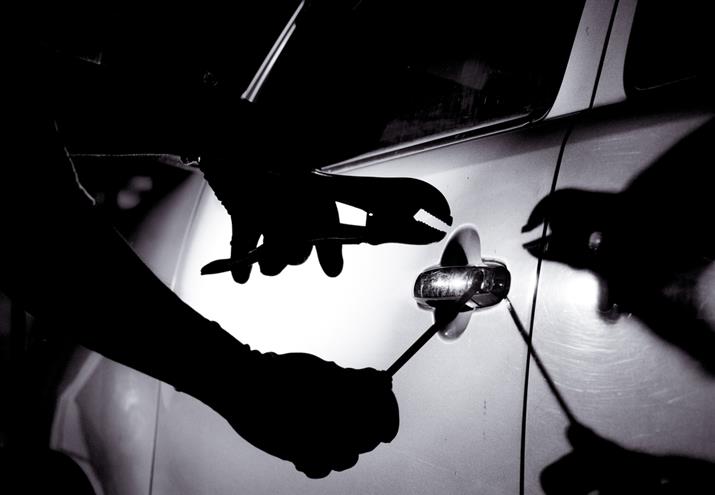How to drive in the snow or over ice
![]() 11/11/2020
11/11/2020![]() 3 minutes read
3 minutes read
Can I drive on icy roads or in snow?
Driving over ice or in snow takes patience. Occasionally, road conditions will be so severe that it’s not possible or safe.
Before setting off, fully charge your phone, check the weather forecast and look for any traffic updates. It is worth packing warm clothes, a blanket, and a shovel, in case you get stuck. You should avoid driving in hazardous weather conditions where you can.
If you do end up driving or are looking for advice on driving during the winter or colder months, you can use our top tips to help you on your way.
1. Take it slow
Keeping your revs low can prevent wheelspin and losing control. Start in second gear and keep your revs low by applying light touches to the accelerator.
2. Turn gently
Sharp or sudden turns can cause you to skid. Turn the steering wheel gently and progressively when you need to change direction.
3. Keep your distance
Leave plenty of space between you and the car in front, since your braking distance will be increased greatly. Around 10 car lengths is advisable.
4. Avoid braking suddenly
Not only will there be a greater stopping distance over ice, braking suddenly may cause you to skid. Use your gears to slow down and try to avoid heavy touches to the brakes.
Top tip: Braking slowly will give other drivers time to spot your brake lights and give them plenty of warning that you’re coming to a stop.
5. Maintain traction
Keep moving, even at a crawl. It can be difficult for your wheels to gain traction from a stationary start.
Top tip: It’s worth bringing things with you that can provide grip for your tyres if you were to get stuck. You can get purpose made grip systems or get creative- off-cuts of carpet could work. You’ll also want a shovel for digging your wheels out or clearing a track.
6. If you start to spin…
Take your foot off the accelerator and steer into the skid. Once you regain control, quickly return your steering wheel to its default position.
7. Plan your routes
Try to stick to busier roads that are more likely to be gritted. Avoid steep hills or narrow roads if you can.
8. Watch out for black ice
Be aware of black ice, as it will almost definitely cause your vehicle to slide. It is often difficult to see, but it will glint in the sunlight and moonlight.
Help! I’m stuck in the snow…
If you do end up stuck in snow, try to stay calm and avoid spinning the wheels – rather than gaining traction, this will force the vehicle deeper into the snow.
- If possible, exit the vehicle and clear snow away from the wheels, then place sand, gravel or grit in the path of the wheels to gain extra support.
- Turn your wheels from side to side several times to help push the snow out of the way.
- Gently push the accelerator; the slower, the better, as this will enable the tyres to take more grip
- Shift from reverse to forwards, and back again, accelerating gently each time, to gain enough traction to escape.
If the above did not work, as a last resort, wheelspin can help you get unstuck. You might need to turn off traction control, as it will prevent wheelspin. Check your vehicle’s manual to see if this applies. Before trying the wheelspin technique, consider your environment and surroundings and ensure that it would be safe to do so.
Looking for more motoring advice to get you through winter and the colder months?
Winter can put a real strain on your vehicle and lead to some hazardous driving conditions. With the right preparation, you can keep safe and ensure your vehicle remains in good working condition.
- How to prepare your vehicle for winter
- How to defrost a van’s windscreen quickly and safely








